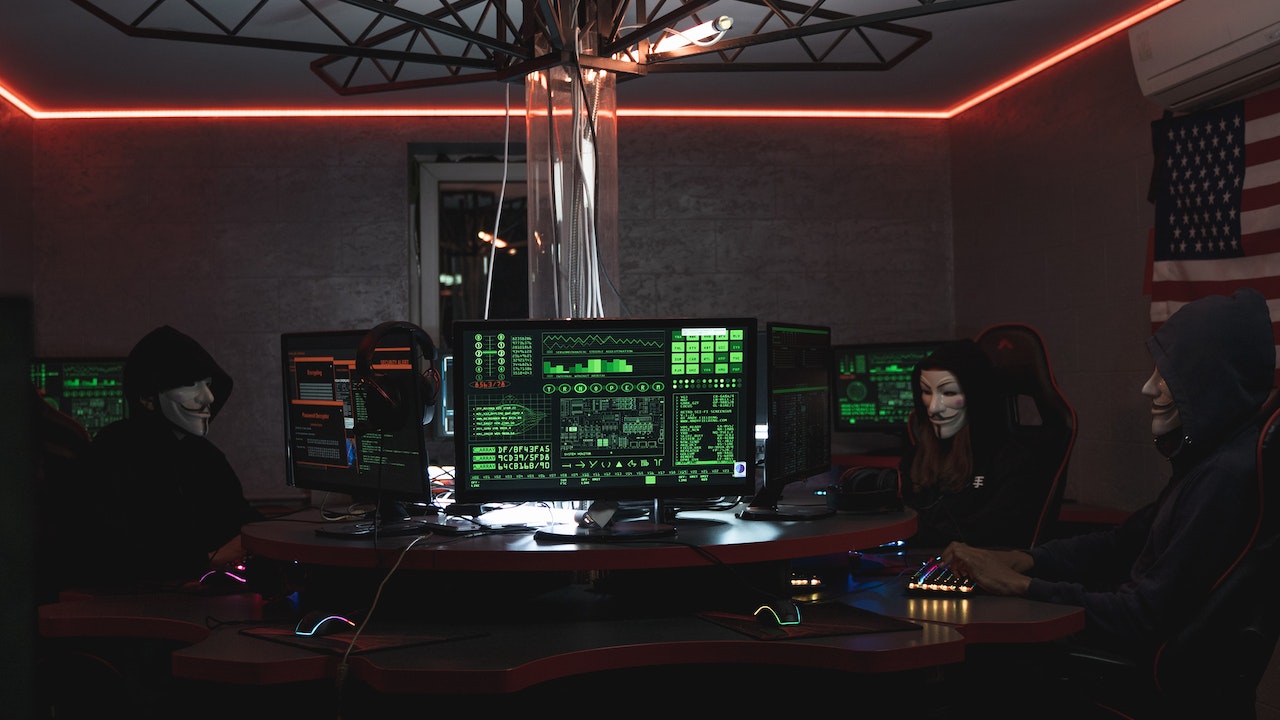2023's Cyber Security Forecast: The Latest Threats and Trends to Watch
As we move into 2023, the threats to our cybersecurity continue to evolve. Ransomware attacks, social engineering, IoT attacks, and the cybersecurity workforce shortage are all expected to be major issues in the coming year. However, by being vigilant and taking proactive steps to protect ourselves, we can minimize our risk of falling victim to a cyber attack.

As technology continues to evolve, so do the threats to our cybersecurity. In 2023, we can expect to see new and evolving cyber-attacks that will threaten individuals and businesses alike. In this blog post, we'll explore the latest cybersecurity threats and trends to watch in 2023.
-
Ransomware Attacks Will Continue to Be a Major Threat Ransomware attacks are not new, but they have become increasingly common in recent years, and the trend is expected to continue in 2023. Hackers use ransomware to encrypt victims' files and demand payment in exchange for the decryption key. To prevent falling victim to a ransomware attack, it's crucial to have a data backup and recovery plan in place.
-
Social Engineering Will Become More Sophisticated Social engineering is a technique used by cybercriminals to manipulate individuals into divulging sensitive information. In 2023, we can expect to see social engineering attacks become more sophisticated and targeted, with attackers using AI and machine learning to create more convincing phishing scams. It's important to be vigilant and skeptical of unexpected emails, phone calls, or texts.
-
Attacks on the Internet of Things (IoT) Will Increase As more devices become connected to the internet, the risk of cyber attacks on the IoT will continue to grow in 2023. Hackers can use these devices as a way to gain access to a larger network and launch a more significant attack. To mitigate the risk of an IoT attack, it's essential to keep devices up to date with the latest security patches and use strong, unique passwords.
-
Cybersecurity Workforce Shortage Will Continue There is a growing shortage of skilled cybersecurity professionals, and this trend is expected to continue in 2023. To address this shortage, companies will need to invest in training and development programs for their employees. It's also essential to encourage more young people to pursue careers in cybersecurity.
-
The Rise of Zero-Trust Security Zero-trust security is a cybersecurity approach that assumes that all network traffic, both inside and outside the network, is untrusted. In 2023, we can expect to see more organizations adopting a zero-trust security model as a way to mitigate the risk of cyber attacks. This approach involves verifying and authorizing every access request to the network, regardless of the user's location or device.
In 2023, it's more important than ever to take cybersecurity seriously. By staying informed about the latest threats and trends, individuals and businesses can take proactive steps to protect themselves from cyber-attacks. With a little bit of effort and a lot of vigilance, we can all stay safe online.
When it comes to preventing cyber attacks, there are a few key steps that individuals and businesses can take. First, it's essential to keep all software and devices up to date with the latest security patches. Outdated software can leave vulnerabilities that hackers can exploit.
Another important step is to use strong, unique passwords for all accounts. Passwords should be at least 12 characters long and include a mix of letters, numbers, and symbols. It's also crucial to avoid reusing passwords across multiple accounts.
In addition to these steps, it's important to be wary of unexpected emails, phone calls, or texts, especially if they ask for personal information or include suspicious links or attachments. Always verify the sender's identity and be cautious about sharing sensitive information.
Finally, it's essential to have a data backup and recovery plan in place. In the event of a ransomware attack, a backup solution, such as Microsoft 365 backup from NAKIVO can help mitigate the damage and ensure that critical data is not lost.
As we look ahead to 2023, it's clear that the threats to our cybersecurity will continue to evolve. By staying informed about the latest trends and taking proactive steps to protect ourselves, we can minimize our risk of falling victim to a cyber attack. Remember to keep software up to date, use strong passwords, be wary of suspicious emails or messages, and have a backup plan in place. With these steps in mind, we can all stay safe online.
- READ MORE ON:
- Cyber Security
- 2023
- Threats
- Trends
- Cyber Attacks
- Prevention
- individuals
ALSO READ
Nigeria's Northern Schools Defy Threats, Venezuela's Prisoner Release Questions, and Iran's Internet Resistance
Murder in Shalimar Bagh: A Tangled Web of Threats and Enmity
Vibrant Gujarat 2023: Pioneering the Mining Revolution
Market Jitters: U.S. Stocks Slide Amid Fed Indictment Threats
Golden Globes 2023: Black Takes Center Stage on Celebrity Fashion Parade










